August Birthstone: Peridot – The Gem of Summer Light and Joy
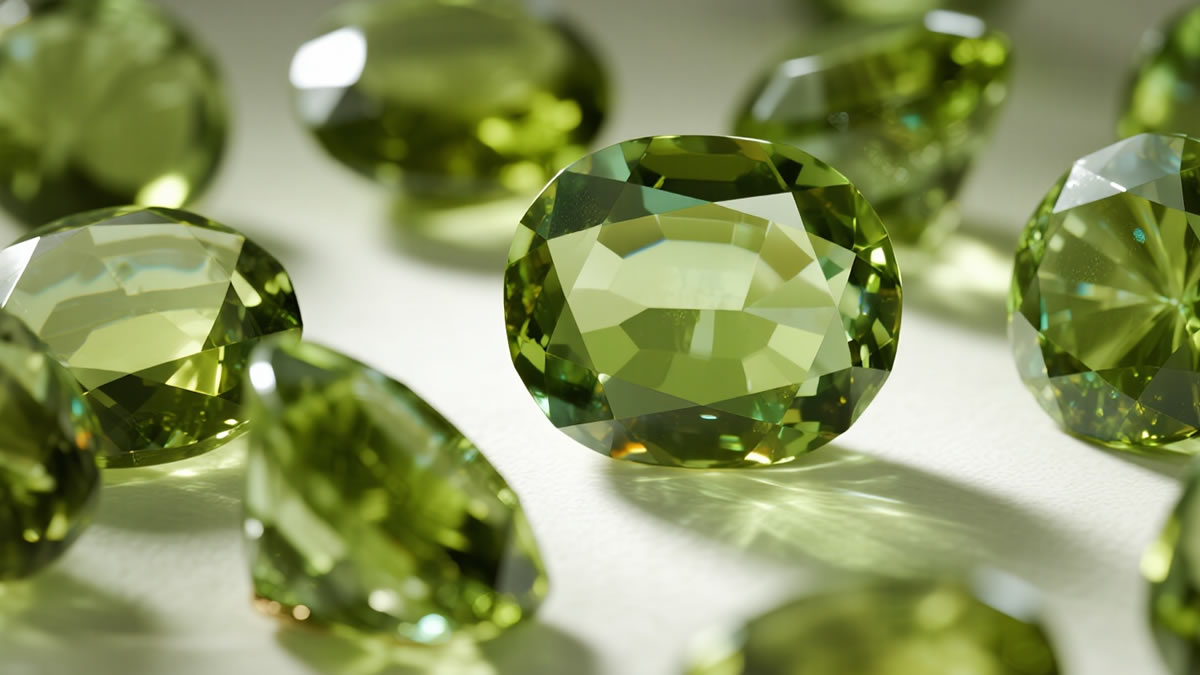
For those born in August, the peridot shines as their official birthstone—a gem celebrated for its vibrant, sun-kissed green hues, cheerful energy, and deep ties to summer. More than just a pretty accessory, peridot carries a legacy of ancient myths, spiritual significance, and timeless charm, perfectly mirroring August’s warm, lively spirit. Let’s explore its origins, properties, and why it remains a beloved emblem of August birthdays.
1. What is Peridot?
Peridot is a member of the olivine mineral family (chemically known as magnesium iron silicate), distinguished by its signature green color—ranging from soft, pale lime to rich, intense chartreuse (the most prized shade, often called “summer green”). Its name traces back to the Greek word peridona, meaning “to give forth” or “to appear,” a nod to how the gem often stands out vividly against its host rock.
Geologically, peridot forms in igneous rocks (like basalt) and is one of the few gems that can be found both on Earth’s surface (in volcanic regions) and in meteorites (making it sometimes called a “space gem”). Major sources of high-quality peridot include:
- United States (Arizona): The top global producer, known for large, bright green peridots with minimal inclusions—many from the San Carlos Apache Reservation.
- Hawaii: A iconic source, where peridot is linked to volcanic activity (locals often call it “Hawaiian diamond”).
- Pakistan: Produces rare, deep-green peridots with exceptional clarity, though stones are typically smaller.
- Other regions: Myanmar (Burma, for pale green varieties), Egypt (historic mines on St. John’s Island, dating back to ancient times), and China (recently emerging as a significant supplier).
Peridot has a Mohs hardness of 6.5–7, making it durable enough for everyday jewelry (like earrings or pendants) but slightly softer than gems like ruby or diamond—requiring gentle care to avoid scratches.
2. Symbolism: Summer Joy, Positivity, and Protection
Peridot’s bright green hue is inherently tied to August’s essence: the full bloom of summer, lush foliage, and carefree energy. Its core symbolism revolves around joy and positivity—ancient cultures believed the gem could chase away sadness, anxiety, and negative emotions, leaving the wearer feeling lighthearted and optimistic.
Beyond joy, peridot has long been a symbol of protection. The ancient Egyptians wore peridot amulets to ward off evil spirits and nightmares, while sailors carried the gem on voyages to safeguard against storms and ensure safe passage. For August babies, this symbolism aligns with the month’s balance of warmth and transition (as summer nears its end)—peridot serves as a reminder to hold onto joy, stay resilient, and embrace new beginnings.
It’s also associated with friendship and loyalty. In some traditions, gifting peridot jewelry symbolizes a deep, lasting bond—making it a popular choice for celebrating platonic relationships alongside romantic ones.
3. Cultural and Historical Significance
Peridot’s history spans over 3,500 years, with roots in some of the world’s earliest civilizations:
- Ancient Egypt: The oldest known peridot mines (on St. John’s Island in the Red Sea) were mined by the Egyptians as early as 1500 BCE. They called peridot the gem of the sun, believing it was a gift from the sun god Ra. Pharaohs adorned their crowns and burial masks with peridot, and it was often used in temple decorations to symbolize life and renewal.
- Ancient Rome: Romans imported peridot from Egypt, calling it emerald of the evening (due to its glow in low light). They used it in rings, brooches, and talismans, believing it could enhance intuition and protect against lies.
- Medieval Europe: Peridot gained popularity among clergy and nobility. Cathedral windows (like those in Cologne Cathedral, Germany) were inlaid with peridot to represent the green of paradise, while knights wore peridot pendants to shield themselves in battle. It was also thought to cure ailments like fever and asthma when pressed against the skin.
- Modern Times: Peridot remains a favorite for its accessible beauty and summer vibe. It’s the traditional gem for the 16th wedding anniversary (symbolizing enduring love and joy) and is often featured in bohemian, tropical, and minimalist jewelry designs. Celebrities like Taylor Swift and Zendaya have been spotted wearing peridot pieces, cementing its status as a trendy yet timeless gem.
4. How to Choose and Care for Peridot
When selecting a peridot, focus on three key factors to ensure quality:
- Color: The most valuable peridots have a rich, even chartreuse or “apple green” hue—avoid stones that are too pale (washed out) or have brown undertones (dull). Arizona peridots are often prized for their bright, saturated color.
- Clarity: Most natural peridots have small inclusions (like tiny liquid bubbles or mineral grains), which are usually visible to the naked eye and considered part of the gem’s character. “Eye-clean” peridots (no visible flaws) are rare and more expensive.
- Cut: Peridot is typically cut into oval, pear, or cushion shapes to maximize its color and brilliance. The “cabochon” cut (smooth, rounded top) is also used for smaller stones or those with unique inclusions, highlighting their natural glow.
To keep your peridot looking its best:
- Avoid rough handling or exposure to hard surfaces (its lower hardness makes it prone to scratches).
- Keep it away from harsh chemicals (perfume, bleach, cleaning products) and extreme heat (which can fade its green color over time).
- Clean gently with warm, soapy water and a soft cloth or brush—never use ultrasonic cleaners (they can damage inclusions or loosen settings).
- Store peridot jewelry separately from harder gems (like diamonds or sapphires) in a soft pouch or jewelry box to prevent scuffing.
5. Peridot in Jewelry: Fresh and Versatile
Peridot’s bright green hue pairs beautifully with a range of metals and styles, making it a versatile choice for jewelry:
- Everyday Jewelry: Dainty peridot studs, minimalist pendants, or thin stacking rings add a pop of summer color to casual outfits (think jeans and a white tee). It looks especially fresh with silver or white gold, which enhances its light green tones.
- Summer & Vacation Jewelry: Peridot is a staple of beachy, tropical designs—think beaded bracelets, hoop earrings with small peridot accents, or cocktail rings paired with other summer gems (like blue topaz or coral) for a vibrant, vacation-ready look.
- Birthstone Jewelry: August birthstone pieces often incorporate summer-inspired details, like sun motifs, leaf designs, or 海浪 (wave) elements, tying the gem to its seasonal roots. Custom pieces (like engraved necklaces with a peridot center stone) make meaningful birthday gifts.
- Formal Jewelry: For special occasions, larger peridot stones set in yellow gold (which complements their warm green hue) shine in drop earrings, statement necklaces, or cocktail rings—adding a touch of elegance without feeling overly formal.
In short, peridot is more than just August’s birthstone—it’s a celebration of summer’s joy, a symbol of protection, and a gem that brings light to any outfit. For August babies, it’s a perfect reflection of their birth month: warm, lively, and full of positivity, wrapped in a stunning shade of summer green.



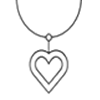
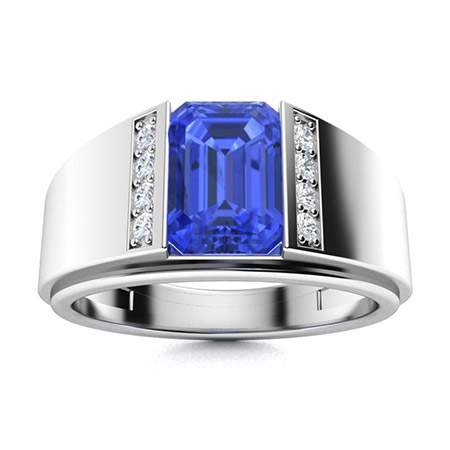
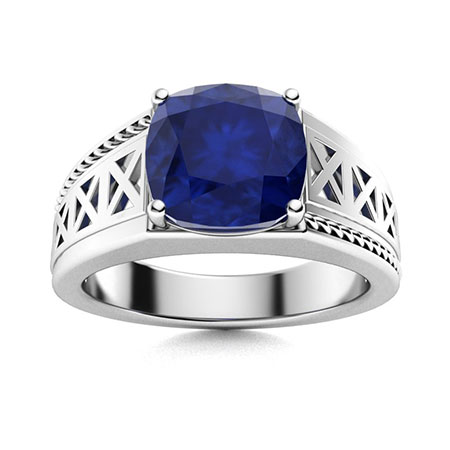
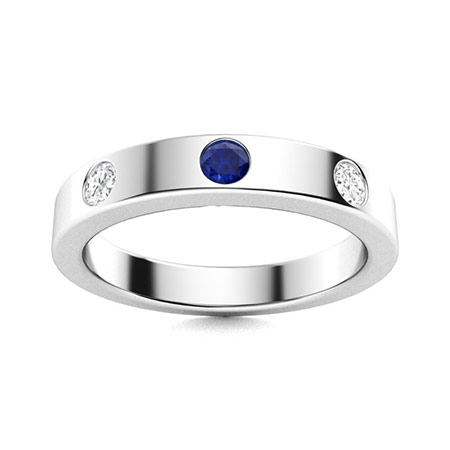
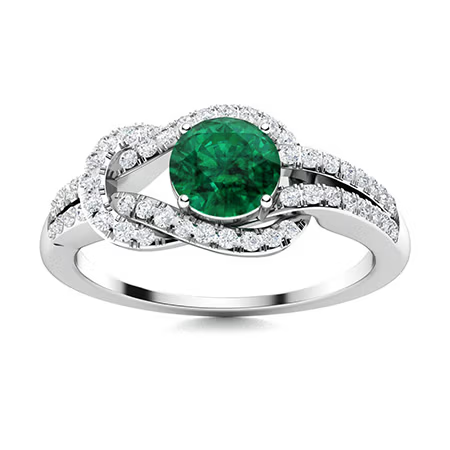









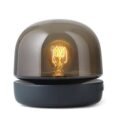






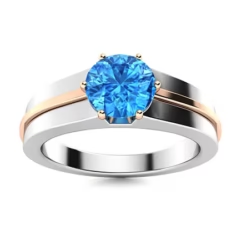
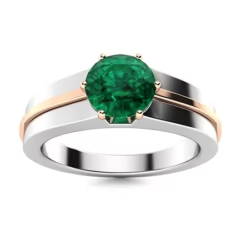
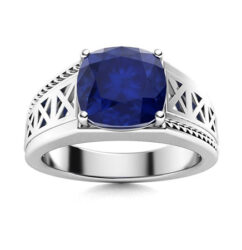
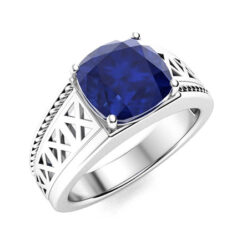


 Bracelets
Bracelets Peridot
Peridot




